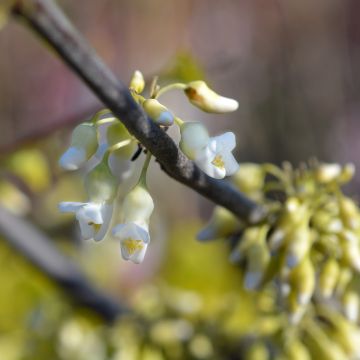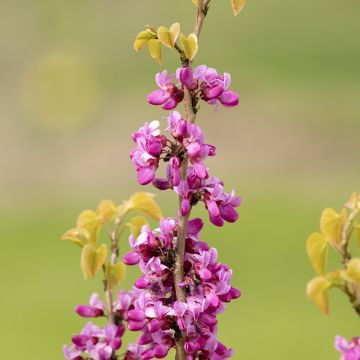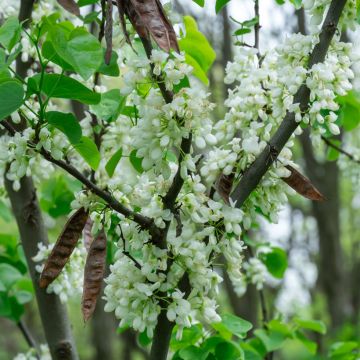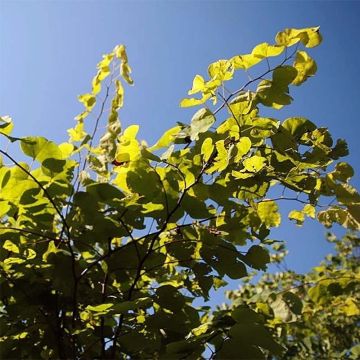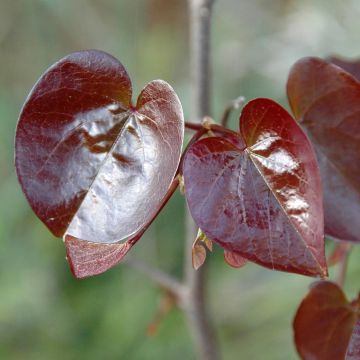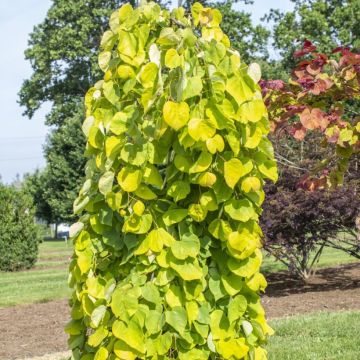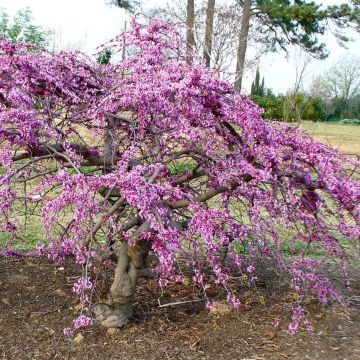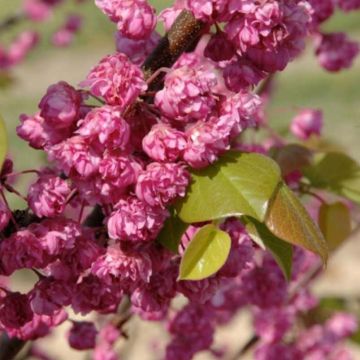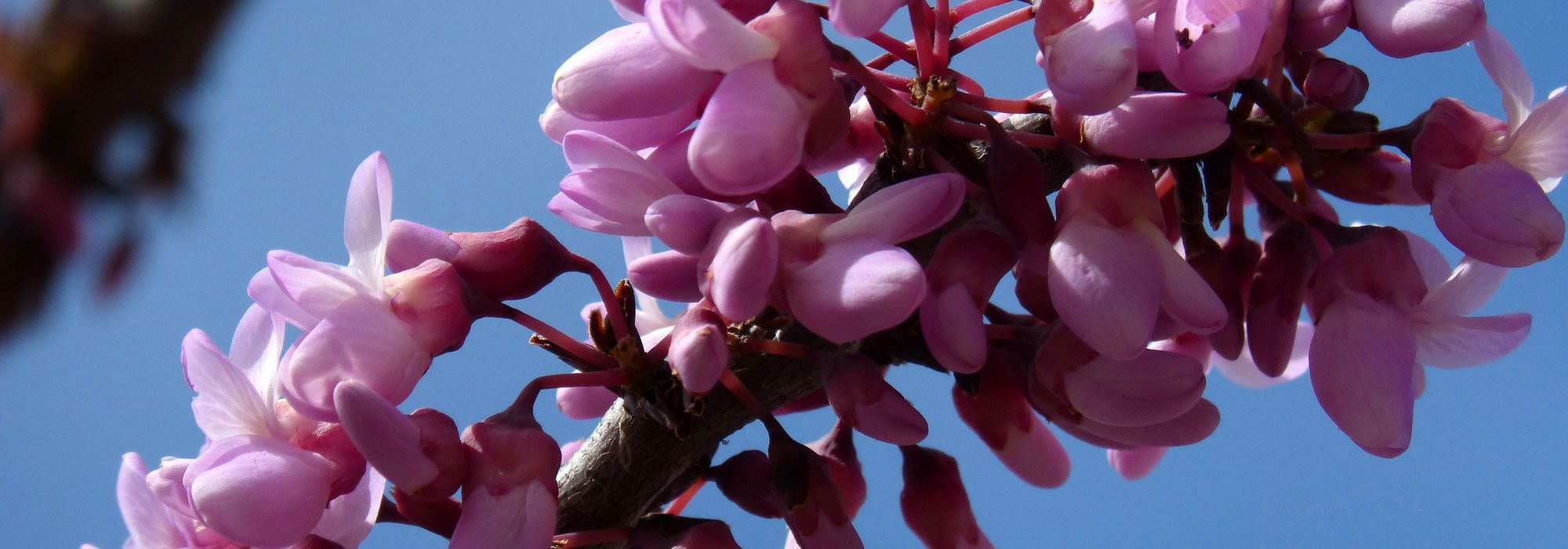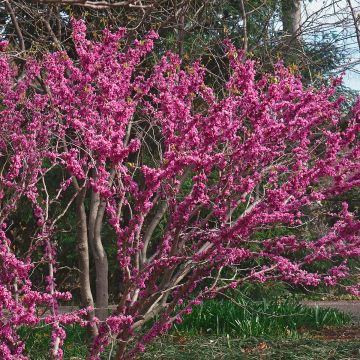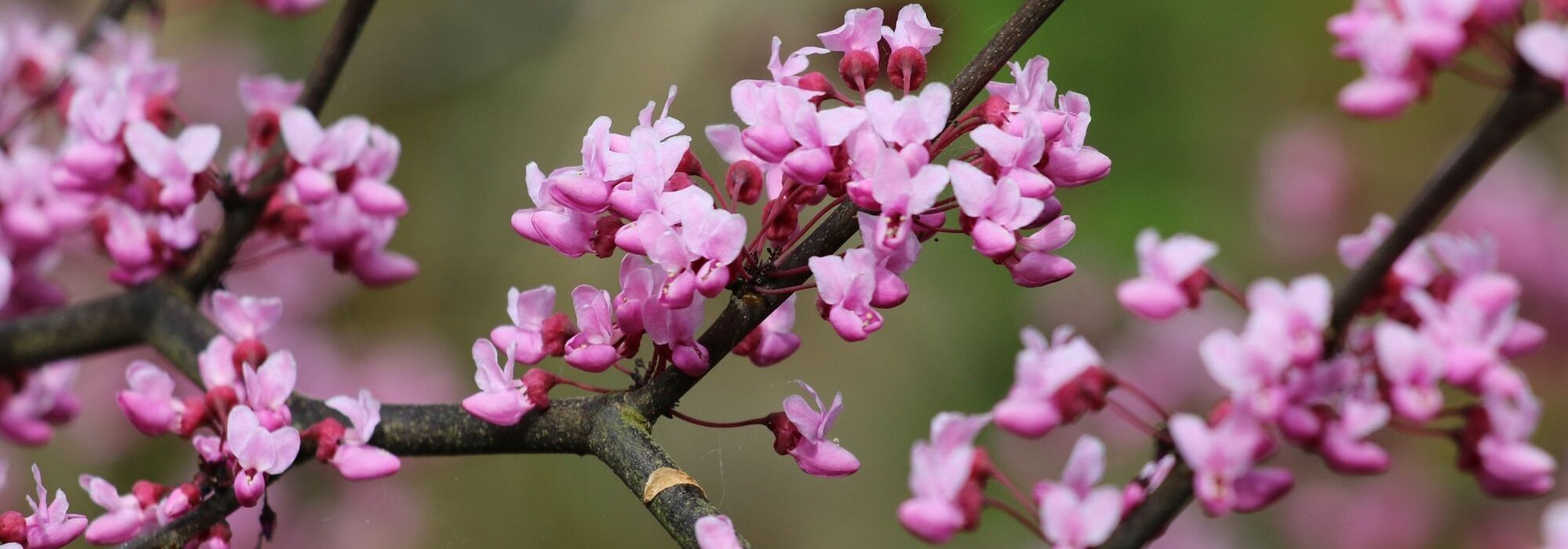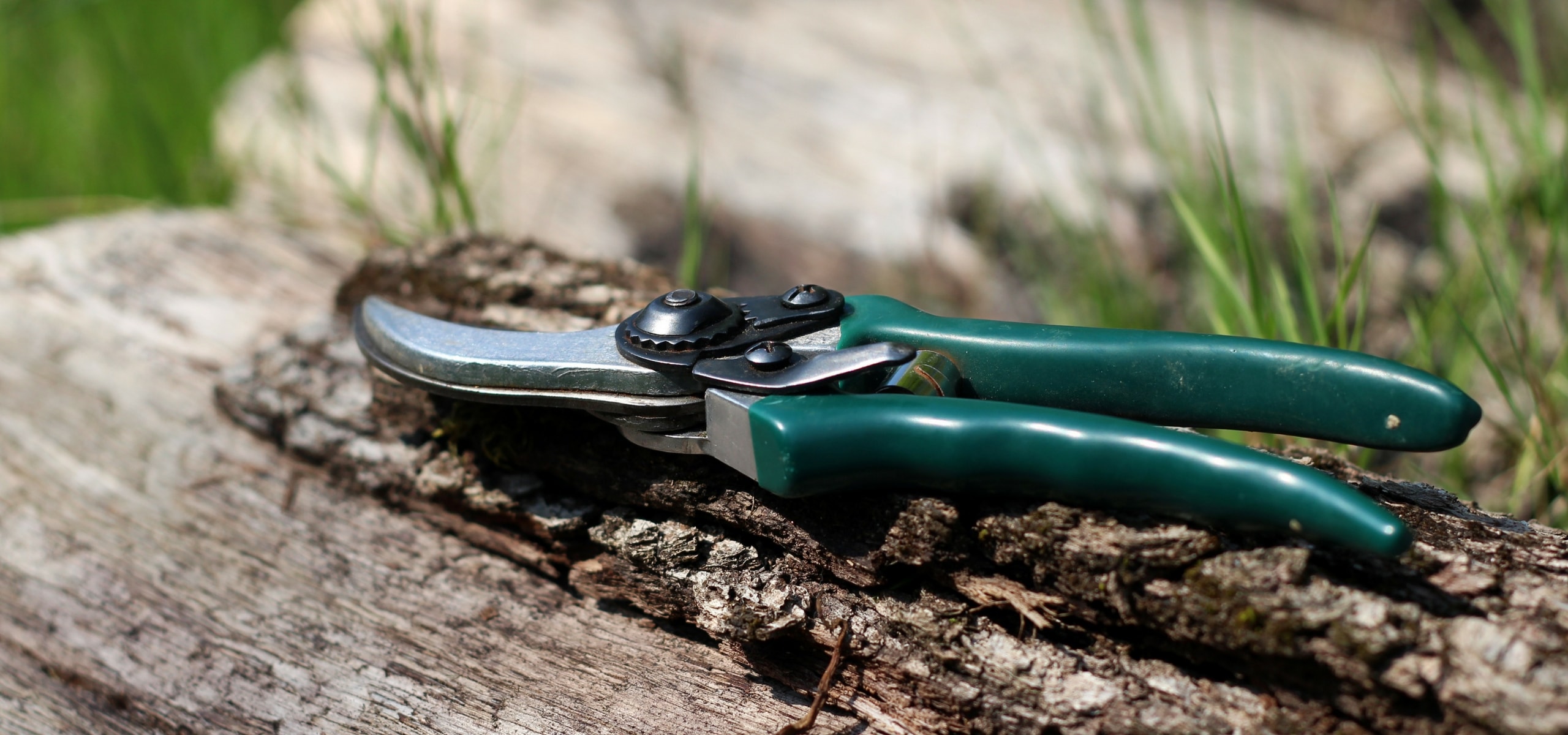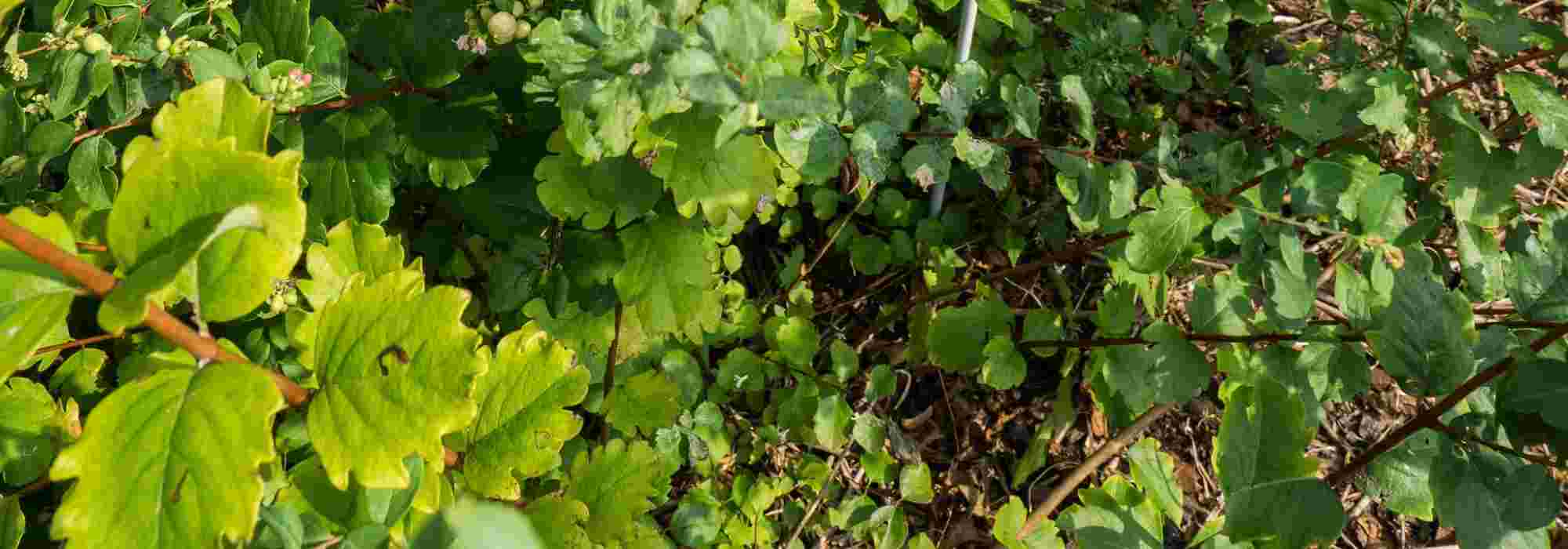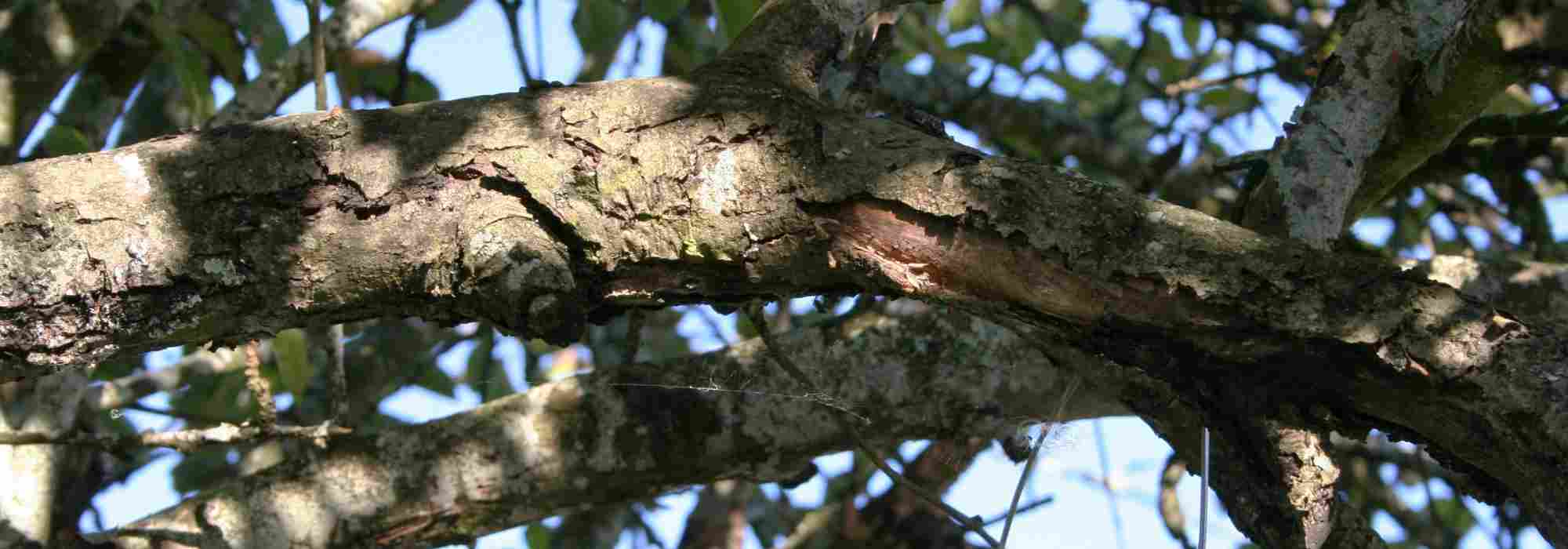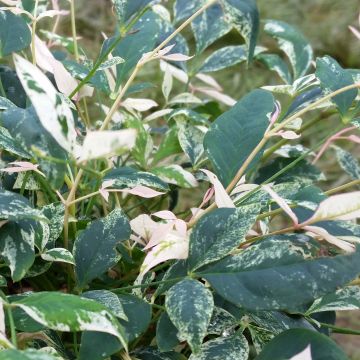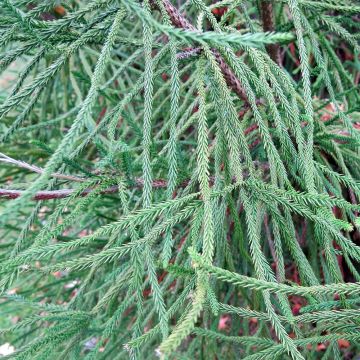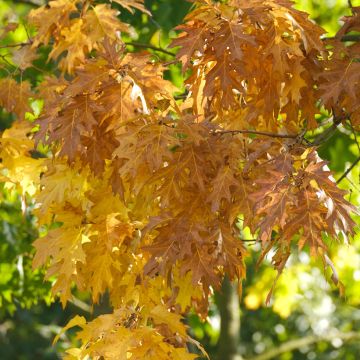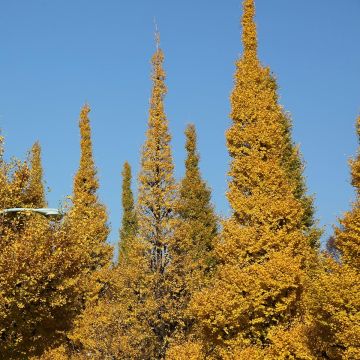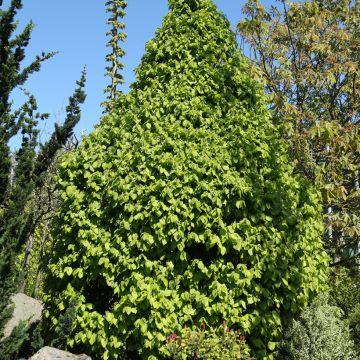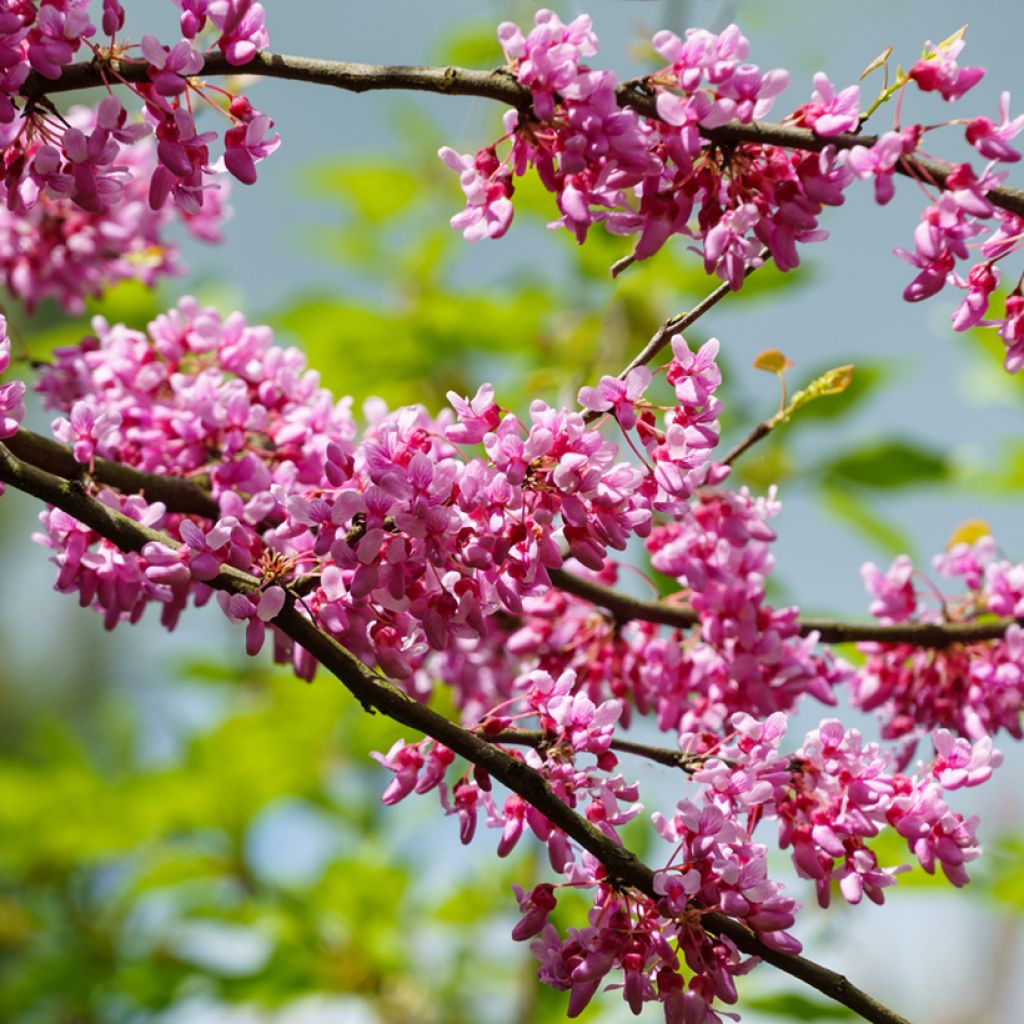

Cercis canadensis Tennessee Pink - Eastern redbud
Cercis canadensis Tennessee Pink - Eastern redbud
Cercis canadensis Tennessee Pink
Eastern Redbud, Canadian Redbud, American Redbud, Judas Tree
Special offer!
Receive a €20 voucher for any order over €90 (excluding delivery costs, credit notes, and plastic-free options)!
1- Add your favorite plants to your cart.
2- Once you have reached €90, confirm your order (you can even choose the delivery date!).
3- As soon as your order is shipped, you will receive an email containing your voucher code, valid for 3 months (90 days).
Your voucher is unique and can only be used once, for any order with a minimum value of €20, excluding delivery costs.
Can be combined with other current offers, non-divisible and non-refundable.
Why not try an alternative variety in stock?
View all →This plant carries a 24 months recovery warranty
More information
We guarantee the quality of our plants for a full growing cycle, and will replace at our expense any plant that fails to recover under normal climatic and planting conditions.
Does this plant fit my garden?
Set up your Plantfit profile →
Description
Cercis canadensis ‘Tennessee Pink’ is a particularly floriferous variety of Eastern Redbud, which bursts into bright pink flowers in early spring. This small deciduous tree with a spreading habit offers a spectacular flowering display, with blooms appearing directly on its trunk and bare branches. Whether planted as a specimen or in a mixed hedge, it becomes a garden showstopper at the first signs of spring. Its heart-shaped foliage, bright green turning yellow in autumn, and graceful form exude elegance throughout the season.
Cercis canadensis 'Tennessee Pink', or Pink Eastern Redbud, belongs to the Fabaceae family. Native to eastern and central North America, the species is found in open woodlands, forest edges, limestone areas, and along rocky streams, ranging from southern Canada to Texas and Florida. This specific cultivar, 'Tennessee Pink', stands out for its exceptionally ornamental flowering.
Cercis canadensis 'Tennessee Pink' has a spreading habit and a dense canopy, giving it an elegant silhouette. Its growth rate is slow to moderate. At maturity, it reaches a height of 4.5 to 6 m and a spread of 3 to 4 m, making it well-suited to a medium-sized garden. The heart-shaped (cordate) leaves measure between 7 and 12 cm in length. They are glossy green on the upper surface and paler underneath, turning a vibrant yellow in autumn before falling.
The flowering of 'Tennessee Pink' is exceptional. In early spring, before the leaves emerge, the tree is covered in a profusion of small, pea-like, pink flowers set against a flashy pink calyx. These flowers, measuring around 1.5 cm, are clustered in compact groups and appear directly on the trunk and bare branches. The flowering period lasts 2 to 3 weeks between late March and early May, depending on the climate. After flowering, the tree produces flat, brown, 5 to 10 cm long pods. These dry fruits often persist on the tree through winter, adding decorative interest. The slender branches of this redbud are light brown while the trunk's bark is slightly fissured, lending character even in winter.
Hardy down to -20°C, Cercis canadensis 'Tennessee Pink' thrives in well-drained soil, even if poor or chalky. It prefers full sun and tolerates drought once established. This ornamental small tree is ideal for urban or country gardens, shining as a specimen plant, in mixed hedges, or within borders.
To highlight the 'Tennessee Pink' redbud, pair it with Cornus florida ‘Rubra’ for example, a pink-flowering dogwood that enhances the garden in May-June. Add an Amelanchier canadensis, covered in white flowers in early spring, with autumn foliage offering a stunning colour palette. Magnolia stellata, with its starry white flowers, will perfectly complement a refined and romantic spring scene. To elevate the display, consider adding ground-covering perennials such as hardy geraniums or heucheras, which will add summer colour while structuring the edges of your border.
Plant habit
Flowering
Foliage
Botanical data
Cercis
canadensis
Tennessee Pink
Fabaceae
Eastern Redbud, Canadian Redbud, American Redbud, Judas Tree
Cultivar or hybrid
Other Cercis
View all →Planting and care
Cercis canadensis 'Tennessee Pink' thrives in sunny spots and tolerates partial shade in very hot and sunny regions. It is not particularly fussy about the nature of the soil, as long as it is deep and rich, and retains some moisture in summer. In poor soil, enrich the planting area with good compost or potting mix. Water it regularly during the first few seasons in case of drought, as it is sensitive to excessive drying out. It tolerates all types of soil but prefers neutral or slightly acidic soils. It is fully hardy, but young shoots may suffer in case of severe frost in early spring. Protection with a winter fleece can be beneficial in the first few years if there is a sudden cold snap in March. If necessary, prune after flowering.
Planting period
Intended location
Care
Planting & care advice
This item has not been reviewed yet - be the first to leave a review about it.
Similar products
Haven't found what you were looking for?
Hardiness is the lowest winter temperature a plant can endure without suffering serious damage or even dying. However, hardiness is affected by location (a sheltered area, such as a patio), protection (winter cover) and soil type (hardiness is improved by well-drained soil).

Photo Sharing Terms & Conditions
In order to encourage gardeners to interact and share their experiences, Promesse de fleurs offers various media enabling content to be uploaded onto its Site - in particular via the ‘Photo sharing’ module.
The User agrees to refrain from:
- Posting any content that is illegal, prejudicial, insulting, racist, inciteful to hatred, revisionist, contrary to public decency, that infringes on privacy or on the privacy rights of third parties, in particular the publicity rights of persons and goods, intellectual property rights, or the right to privacy.
- Submitting content on behalf of a third party;
- Impersonate the identity of a third party and/or publish any personal information about a third party;
In general, the User undertakes to refrain from any unethical behaviour.
All Content (in particular text, comments, files, images, photos, videos, creative works, etc.), which may be subject to property or intellectual property rights, image or other private rights, shall remain the property of the User, subject to the limited rights granted by the terms of the licence granted by Promesse de fleurs as stated below. Users are at liberty to publish or not to publish such Content on the Site, notably via the ‘Photo Sharing’ facility, and accept that this Content shall be made public and freely accessible, notably on the Internet.
Users further acknowledge, undertake to have ,and guarantee that they hold all necessary rights and permissions to publish such material on the Site, in particular with regard to the legislation in force pertaining to any privacy, property, intellectual property, image, or contractual rights, or rights of any other nature. By publishing such Content on the Site, Users acknowledge accepting full liability as publishers of the Content within the meaning of the law, and grant Promesse de fleurs, free of charge, an inclusive, worldwide licence for the said Content for the entire duration of its publication, including all reproduction, representation, up/downloading, displaying, performing, transmission, and storage rights.
Users also grant permission for their name to be linked to the Content and accept that this link may not always be made available.
By engaging in posting material, Users consent to their Content becoming automatically accessible on the Internet, in particular on other sites and/or blogs and/or web pages of the Promesse de fleurs site, including in particular social pages and the Promesse de fleurs catalogue.
Users may secure the removal of entrusted content free of charge by issuing a simple request via our contact form.
The flowering period indicated on our website applies to countries and regions located in USDA zone 8 (France, the United Kingdom, Ireland, the Netherlands, etc.)
It will vary according to where you live:
- In zones 9 to 10 (Italy, Spain, Greece, etc.), flowering will occur about 2 to 4 weeks earlier.
- In zones 6 to 7 (Germany, Poland, Slovenia, and lower mountainous regions), flowering will be delayed by 2 to 3 weeks.
- In zone 5 (Central Europe, Scandinavia), blooming will be delayed by 3 to 5 weeks.
In temperate climates, pruning of spring-flowering shrubs (forsythia, spireas, etc.) should be done just after flowering.
Pruning of summer-flowering shrubs (Indian Lilac, Perovskia, etc.) can be done in winter or spring.
In cold regions as well as with frost-sensitive plants, avoid pruning too early when severe frosts may still occur.
The planting period indicated on our website applies to countries and regions located in USDA zone 8 (France, United Kingdom, Ireland, Netherlands).
It will vary according to where you live:
- In Mediterranean zones (Marseille, Madrid, Milan, etc.), autumn and winter are the best planting periods.
- In continental zones (Strasbourg, Munich, Vienna, etc.), delay planting by 2 to 3 weeks in spring and bring it forward by 2 to 4 weeks in autumn.
- In mountainous regions (the Alps, Pyrenees, Carpathians, etc.), it is best to plant in late spring (May-June) or late summer (August-September).
The harvesting period indicated on our website applies to countries and regions in USDA zone 8 (France, England, Ireland, the Netherlands).
In colder areas (Scandinavia, Poland, Austria...) fruit and vegetable harvests are likely to be delayed by 3-4 weeks.
In warmer areas (Italy, Spain, Greece, etc.), harvesting will probably take place earlier, depending on weather conditions.
The sowing periods indicated on our website apply to countries and regions within USDA Zone 8 (France, UK, Ireland, Netherlands).
In colder areas (Scandinavia, Poland, Austria...), delay any outdoor sowing by 3-4 weeks, or sow under glass.
In warmer climes (Italy, Spain, Greece, etc.), bring outdoor sowing forward by a few weeks.






























